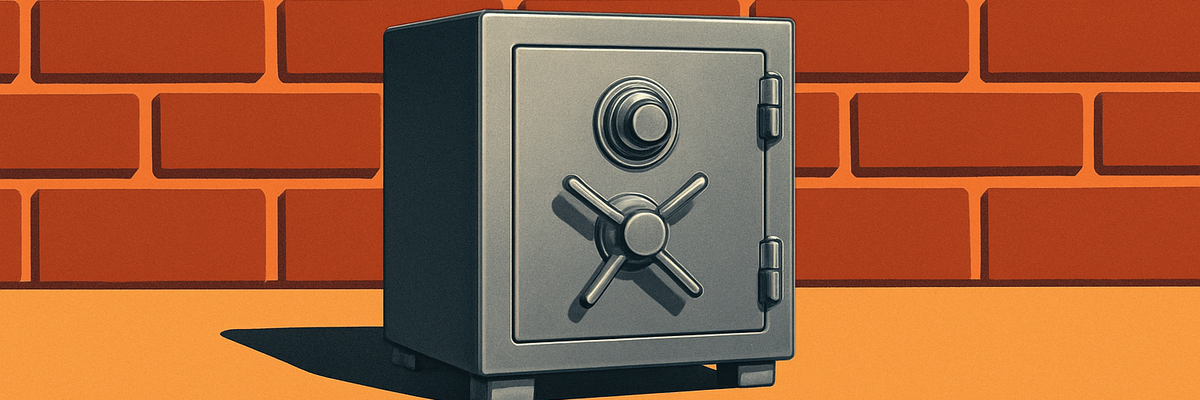This Is How Much You Can Make With $20,000 in a High-Yield Savings Account

High-yield savings accounts (HYSAs) earn far more interest than average -- especially when you have a decent amount of money saved up. Whether you're building an emergency fund, saving for a big purchase, or just want your money to work harder, HYSAs are the way to go.
Let's take a look at how much interest you could earn with a $20,000 balance.
Potential earnings on $20,000 in a high-yield savings account
The key number to watch is the annual percentage yield, or APY. That's the rate at which your savings grow over the course of a year. Right now, many high-yield savings accounts offer an APY around 4.00%.
Compare that to the national average APY of 0.38% -- over 10 times lower -- and it's clear why switching accounts is worth it. Some big banks pay as little as 0.01%, which earns you basically nothing.
Here's how those rates stack up on a $20,000 deposit:
| Account Type | APY | Yearly Earnings on $20,000 |
|---|---|---|
| High-yield | 4.00% | $800 |
| National average | 0.38% | $76 |
| Big bank (low rate) | 0.01% | $2 |
If your money is sitting in an average or low-rate savings account, you're potentially missing out on hundreds of dollars per year -- and thousands over the long run.
How to choose a good high-yield savings account
You don't need $20,000 to benefit from an HYSA. But if you do have that kind of balance, the impact is even greater.
When picking a savings account, look for:
- An APY of at least 3.50%
- No monthly fees
- No or low minimum balance
- A user-friendly website and app
- FDIC insurance
One of our favorite HYSAs, the CIT Platinum Savings account, pays 4.00% APY for balances of $5,000 or more. And you can link it to a CIT eChecking account, which reimburses up to $30 per month in ATM fees, so you'll always have easy access to cash. Click here to open a CIT Platinum Savings account now.
Should you keep $20,000 in savings?
As long as your account is FDIC insured, it's perfectly safe to keep $20,000 in there. FDIC insurance covers up to $250,000 per depositor, per institution.
But should you keep that much in savings? That depends on your financial goals. If this is your emergency fund, or money you plan to use in the next few years, a savings account is a great place for it. For longer-term goals like retirement, you'll want to invest through a brokerage account. The stock market has historically returned around 10% per year -- far more than even the best savings account.
The bottom line: Use a high-yield savings account for safety and short-term goals, and invest the rest to build wealth over time. Just make sure your money is working as hard as possible -- starting with the right savings account. Get started now with this list of our favorite HYSAs.
Our Research Expert
We're firm believers in the Golden Rule, which is why editorial opinions are ours alone and have not been previously reviewed, approved, or endorsed by included advertisers. Motley Fool Money does not cover all offers on the market. Motley Fool Money is 100% owned and operated by The Motley Fool. Our knowledgeable team of personal finance editors and analysts are employed by The Motley Fool and held to the same set of publishing standards and editorial integrity while maintaining professional separation from the analysts and editors on other Motley Fool brands. Terms may apply to offers listed on this page. APYs are subject to change at any time without notice.


